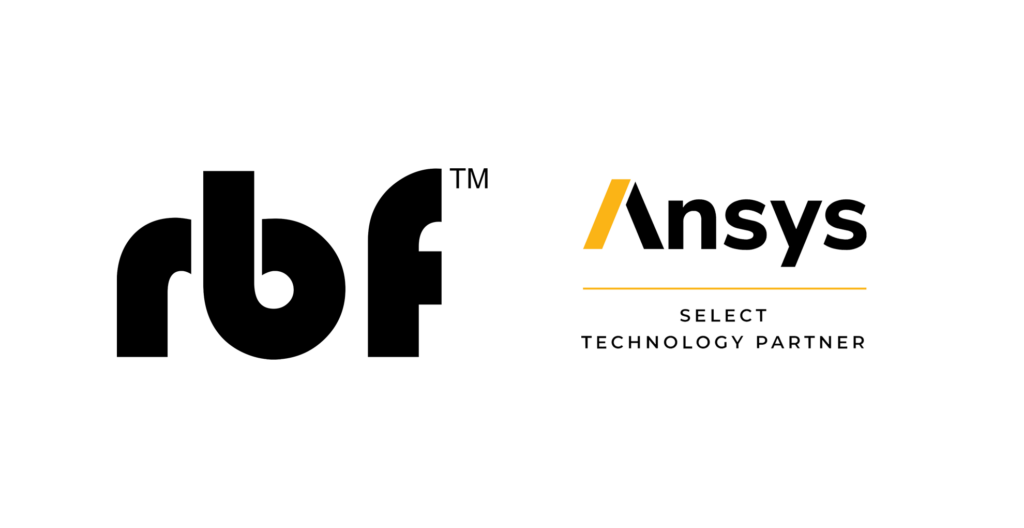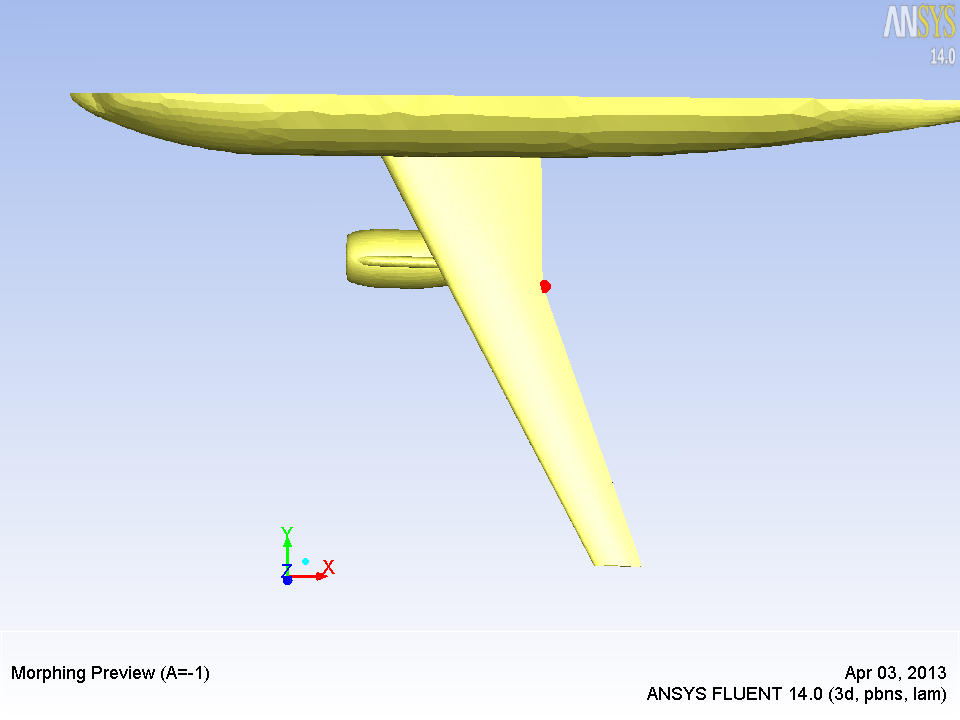We are proud to spotlight a Master’s thesis that not only laid the groundwork for cutting-edge research in aerodynamic optimization but was also conducted within a foundational research project that ultimately gave rise to two major EU-funded initiatives: RBF4AERO and RIBES. Titled “DLR-F6 Design Optimization by Means of Radial Basis Functions Mesh Morphing,” this thesis by Marco Gozzi — completed at the University of Rome “Tor Vergata” under the supervision of Prof. Marco Evangelos Biancolini, with Dr. Emiliano Costa and Ing. Corrado Groth as co-supervisors — was part of an early-stage research effort focused on applying Radial Basis Functions (RBF) to aerodynamic shape optimization.
At the core of the thesis lies the innovative use of RBF mesh morphing on the DLR-F6 configuration, a benchmark geometry in international aerodynamic studies. Gozzi’s work systematically investigated how morphing aerodynamic surfaces such as wings and nacelles could improve performance by reducing drag and enhancing lift. The research employed high-fidelity CFD simulations and a structured optimization workflow encompassing mesh deformation, design of experiments, and performance evaluation. The thesis’ results were groundbreaking: they validated the effectiveness of RBF Morph in real-world aerospace applications and directly influenced the conception of RBF4AERO and RIBES, two collaborative EU projects dedicated to advancing mesh morphing, fluid-structure interaction modeling, and shape optimization across industries. Today, Gozzi’s thesis stands as an example of how academic research, nurtured within a visionary project, can shape the trajectory of European innovation.
The full thesis and presentation are now available for consultation.



